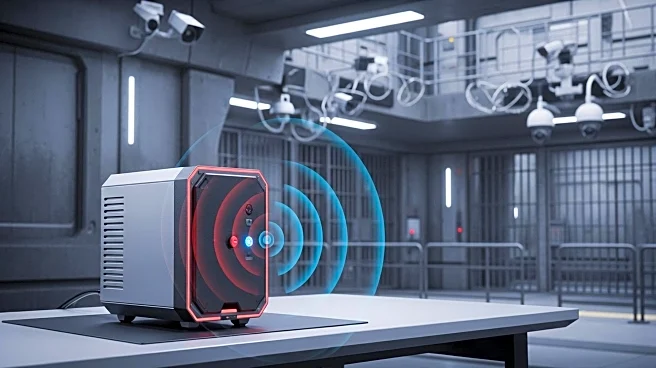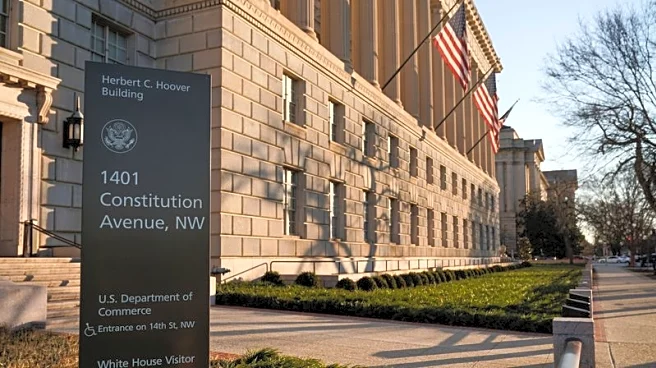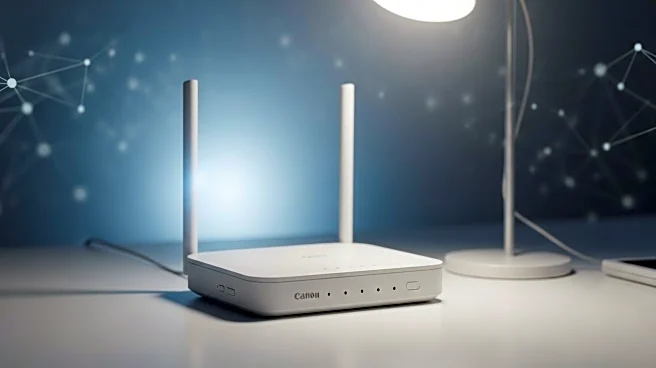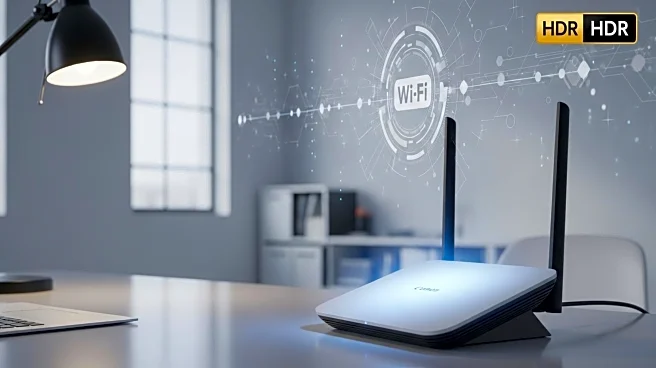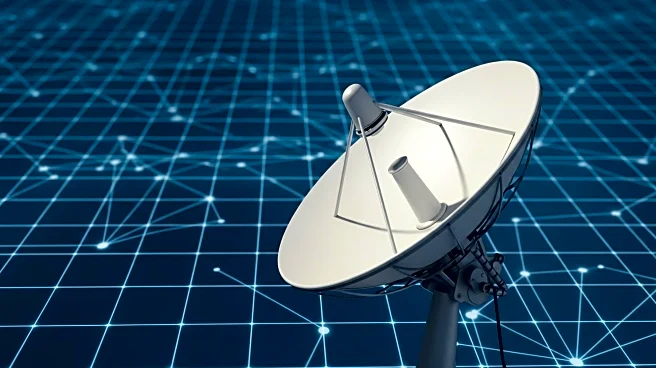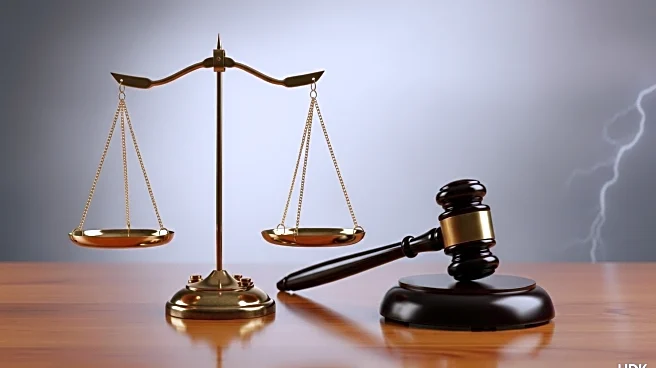What is the story about?
What's Happening?
The Federal Communications Commission (FCC) is set to vote on a proposal that would allow targeted cellphone jamming in state and local prisons. This move aims to address the issue of contraband cellphones being used by inmates to continue criminal activities from behind bars. The proposal, if approved, would revise existing rules to permit the use of jamming technology that can precisely target prison areas without disrupting legitimate communications outside the facilities. The Cellphone Jamming Reform Act has been introduced to lift federal restrictions on such technology, which has been a long-standing demand from law enforcement officials who face challenges in controlling contraband cellphones in prisons.
Why It's Important?
The introduction of targeted cellphone jamming in prisons could significantly enhance public safety by preventing inmates from orchestrating crimes from within prison walls. This measure is crucial as contraband cellphones have been linked to various criminal activities, including ordering hits and running drug operations. The FCC's decision could empower correctional facilities to effectively neutralize these threats, thereby reducing the risks faced by law enforcement officers and the public. However, the proposal has faced opposition from wireless industry groups concerned about potential interference with legitimate communications, highlighting the need for a balanced approach that safeguards public safety without disrupting essential services.
What's Next?
The FCC's upcoming vote will determine whether the proposal moves forward to a public comment session and subsequent final vote. If approved, the decision will allow local law enforcement to decide on the implementation of jamming technology in their facilities. The outcome of this vote could set a precedent for how contraband cellphone use is managed in correctional facilities across the United States. Stakeholders, including state attorneys general and corrections groups, are likely to continue advocating for the adoption of this technology, while wireless industry groups may push for alternative solutions that do not involve jamming.
AI Generated Content
Do you find this article useful?
